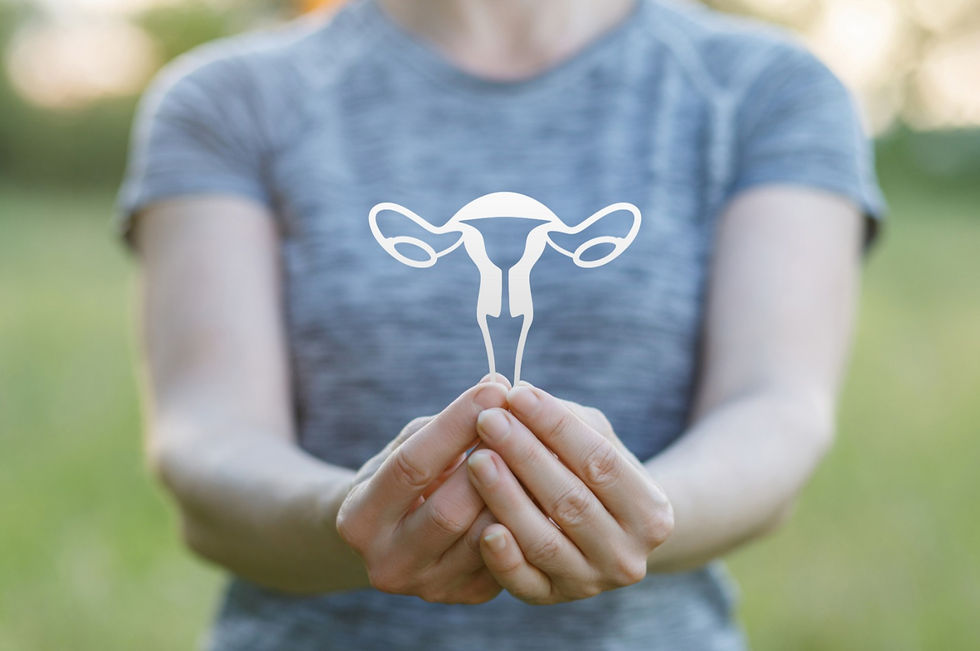
Definition and Causes: Fibroids are benign tumors that develop in the uterine wall. They are more commonly seen in women between the ages of 30 and 40 and are mostly influenced by hormones, especially estrogen. Fibroids can form within the uterine muscle tissue in various sizes and may appear round or oval in shape. They are associated with the menstrual cycle and can cause different symptoms depending on their size. Most fibroids are asymptomatic, but large fibroids can lead to significant

Definition and Causes: Adenomyosis occurs when the tissue lining the inside of the uterus (endometrium) grows into the uterine muscle layer (myometrium). This condition can cause endometrial cells to grow within the uterine wall and lead to inflammation. Adenomyosis typically affects women between the ages of 40 and 50, especially those who have given birth. Normally, endometrial tissue thickens and sheds during the menstrual cycle, but in this condition, because it has migrated into the mus

Definition and Causes: Endometriosis occurs when endometrial tissue, which normally lines the inside of the uterus, implants and grows outside the uterus—most commonly on the ovaries, fallopian tubes, and within the pelvic area. During the menstrual cycle, this tissue bleeds just like normal endometrial tissue, but since it cannot exit the body, it leads to inflammation, scar tissue formation, and pain. Endometriosis may be influenced by genetic factors, immune system and environmental factors.

Definition and Causes: Abnormal uterine bleeding (AUB) refers to excessive, irregular, or prolonged bleeding that differs from a normal menstrual cycle. AUB can be caused by various factors, including hormonal imbalances, uterine conditions (such as fibroids or polyps), infections, bleeding disorders, or side effects of certain medications.

Definition and Causes: Menopause is the stage in a woman's life when menstrual periods come to an end. It typically occurs between the ages of 45 and 55 and is associated with the cessation of estrogen production. The symptoms of menopause arise due to hormonal changes, leading to a range of physical and psychological changes in the body.

Definition and Causes: Uterine prolapse is the descent of the uterus into the vagina. It is commonly associated with weakened pelvic muscles after childbirth, aging, being overweight, intense physical activity, or chronic constipation. Normally, the uterus is held in place by the pelvic floor muscles and connective tissue. When these muscles weaken, the uterus begins to descend toward the vagina.

Definition and Causes: Cystocele is the prolapse of the bladder into the vagina. It usually occurs due to factors such as childbirth, aging, weakened pelvic muscles, being overweight, or chronic constipation. Cystocele disrupts the balance among pelvic organs, causing the bladder to shift downward into the vagina.

Definition and Causes: Rectocele is the prolapse of the rectum into the vagina. It is commonly associated with childbirth, chronic constipation, aging, and weakened pelvic muscles. Rectocele can make bowel movements difficult and create a feeling of fullness in the vagina. Excessive straining of the pelvic floor muscles during childbirth can weaken connective tissues, leading to the development of rectocele.

Definition and Causes: Urinary incontinence is the involuntary leakage of urine from the body. It can develop for various reasons, the most common being weakened pelvic muscles or improper functioning of the urinary tract muscles. Other contributing factors include bladder problems, neurological disorders, pregnancy, childbirth, menopause, and being overweight.

